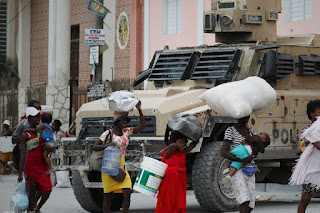Thailand’s 2011 floods and lasting socioeconomic impact
The 2011 floods in Thailand were among the country’s worst natural disasters, impacting millions and severely damaging infrastructure, agriculture, and livelihoods. Migrants living and working in Thailand faced particularly dire circumstances that were only exacerbated by the flooding. This article explores the unique challenges migrants encountered during and after the 2011 floods, as well as the long-term implications.
Experiencing heavy monsoon rains, Thailand experienced widespread flooding for months in 2011, displacing people and causing massive economic losses. Migrants predominantly holding low-income construction, agriculture, and manufacturing jobs were highly vulnerable.
Migrants living in low-lying or informal areas suffered disproportionate direct impacts, often losing homes, belongings, and income sources as businesses closed and farmland flooded. Lacking information and facing language barriers compounded difficulties without aid.
The floods also threatened migrant health and safety, risking exposure to contaminated water and related waterborne diseases in overcrowded shelters. Limited healthcare access further increased vulnerabilities.
For many migrants, the floods destroyed livelihoods and economic stability, as informal sector jobs like street vending and day labor vanished overnight along with damaged businesses. Disrupted supply chains additionally burdened migrant-reliant industries.
Migrants in Thailand commonly face legal and social exclusion with restricted services. During relief efforts, many migrants faced barriers due to documentation status or language, and some abstained due to deportation fears, exacerbating isolation.
Long-term, migrants struggled more to recover amid challenges such as housing insecurity, unemployment, and debt. Inadequate disaster policies and support highlighted a need for more inclusive, comprehensive systems recognizing migrant rights and contributions.



Comments
Post a Comment